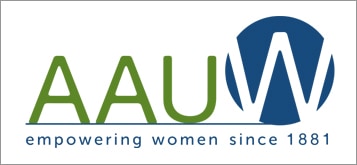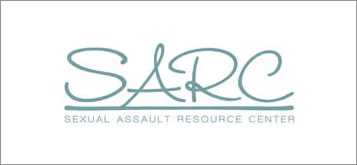 What you should know about Sexual Assault in Schools
What you should know about Sexual Assault in Schools
Author: Priya- SARC Youth Volunteer
As students, we expect educational institutions to be a safe haven where we can freely learn, grow, and thrive. Unfortunately, the reality is far from what we imagine. Sexual assault and harassment are plaguing educational institutions worldwide, with an alarming rise in the number of cases reported in recent years. It’s not just public places like bathrooms and buses where these acts occur, but even within the supposed sanctity of students’ homes where they should feel the safest. Such misconduct is creating an unwelcoming environment that’s negatively impacting students’ ability to learn and compromising their mental and physical health. It’s high time we address this persistent issue and ensure that students can receive the education they deserve without fear of harm or harassment.
According to a thorough investigation conducted by NPR in 2018, a startling statistic emerged, revealing that individuals with intellectual or developmental disabilities face a significantly higher risk of becoming victims of sexual abuse compared to their nondisabled counterparts, with a staggering seven-fold increase in likelihood. This disconcerting revelation emphasizes the urgent necessity for a comprehensive and inclusive approach to sex education that takes into account the unique needs of students with special needs..
In a report titled “Crossing the Line,” published by AAUW in 2010-11, another distressing statistic came to light. It revealed that over 11% of all students, irrespective of disability or developmental challenges, endure the traumatic experiences of rape or sexual harassment. Equally concerning is the fact that a mere 20% of female students who undergo sexual assault choose to report these incidents to the authorities, due to many reasons including retraumatization and the injustices and flaws of the reporting system. It is important to note, however, that these figures predominantly represent privileged student groups.
Unfortunately, marginalized student populations such as those identifying as LGBTQ or students of color face even greater obstacles when it comes to reporting or seeking campus services after experiencing sexual violence. Consequently, their likelihood of seeking assistance or reporting incidents becomes even more diminished.
To address sexual violence against students, we must break down our understanding of consent and rape culture.
A senior at an Oregon high school, courageously came forward with her story of sexual assault, which took place three years prior when she was a freshman. Fear initially prevented her from speaking out about the incident. However, after discovering that her abuser had victimized another girl in the same school year, she decided to report the assault to the school counselor, who then brought her to the school resource officer.
Sadly, her experience was riddled with complications when it came to moving her case forward, despite her bravery in stepping forward. Regrettably, the case is not an isolated incident, as the pervasive rape culture and institutional barriers to reporting and coming forward continue to plague our society even in 2023.
What can we do?
The insidious issue of victim blaming is often a result of a lack of understanding about rape and sexual violence within a community. This tangled mindset not only casts doubt on survivors but also shields the perpetrators from accountability, perpetuating a distressing cycle. It is an urgent call for schools to rise above victim blaming and embrace a new approach—one that acknowledges and addresses sexual violence against their students.
However, mandatory reporting, which legally requires school staff to report any suspicion or knowledge of child abuse or neglect, can also lead to unintended harm and issues. For instance, mandatory reporting can lead to retraumatization, ostracism of individuals, relationships of trust being broken, and breaches of confidentiality, among other issues. As such, mandatory reporting should be implemented with care and sensitivity, and the well-being of all parties involved must be taken into consideration. Also emphasize knowledge of who is a mandatory reporter (not advertised in a trauma informed way or at all)
Students have the right to attend school in an environment free from sexual harassment and sexual assault. It is the responsibility of all school staff, including teachers and counselors, to provide a safe space where students can be heard and supported. By acknowledging and addressing sexual violence, schools can help foster a culture of empowerment and create a safer and more supportive community for all.
Ending Rape Culture
Rape culture is a pernicious force that pervades society and creates an environment in which sexual assault and abuse are normalized or even trivialized. It is a problem that can seem overwhelming, but the reality is that we have the power to make a change.
Here at SARC, we offer a wide range of resources and support to survivors of sexual violence and harassment. Our in-person crisis response and community education and prevention programs are designed to address the immediate and long-term effects of sexual assault, as well as to educate the public on how to prevent it from happening in the first place with primary prevention efforts and education in local high schools
We recognize that ending rape culture is not a quick fix, but rather a long-term commitment that requires starting with the youngest members of society. We must empower our youth with education and awareness, teaching them about healthy relationships, consent, and respect. By doing so, we can create a generation that values and protects one another, and where sexual violence is not tolerated.
We will continue to fight for survivors and work towards ending rape culture, one step at a time. Our mental health counseling program, 24-hour support line, and case management resources are available to all who seek our services. We are here to help you take the first step toward healing and moving forward.
Resources:
‘I Did Not Feel Safe’
Sex Education Laws and State Attacks
Counseling Services





